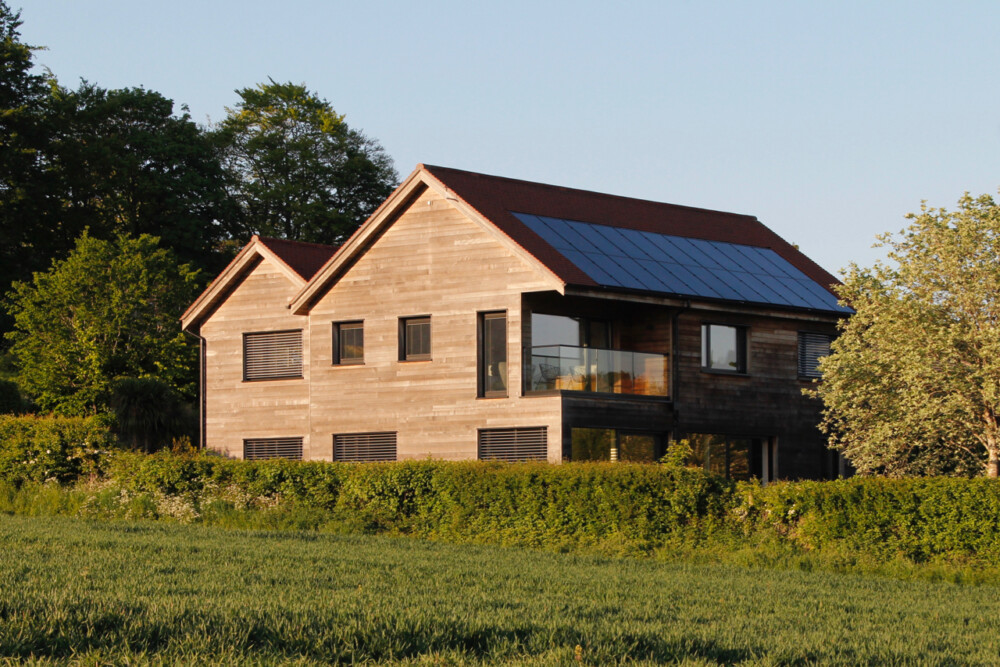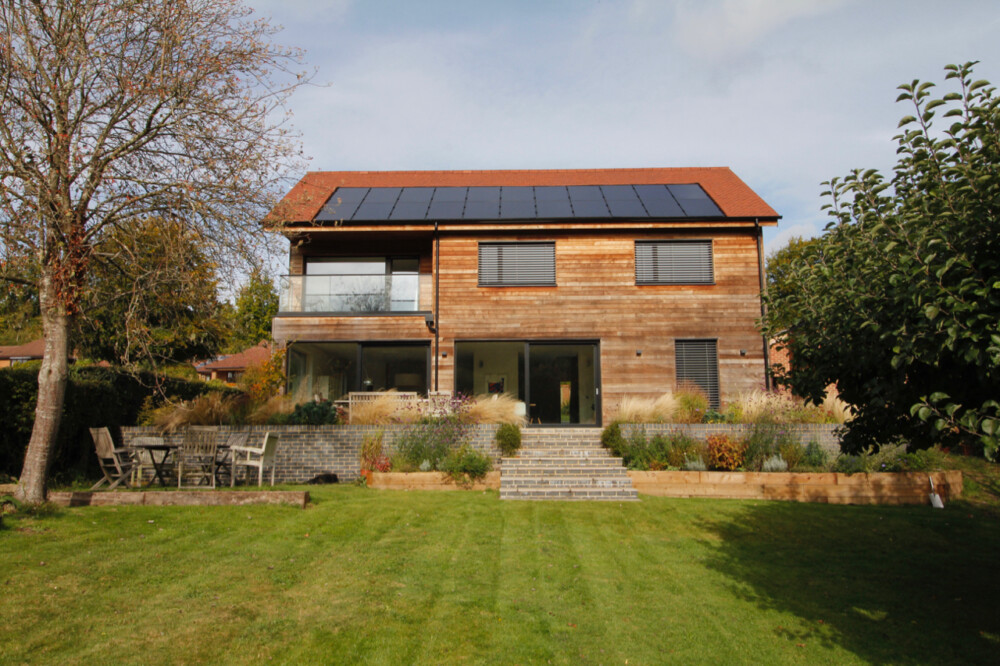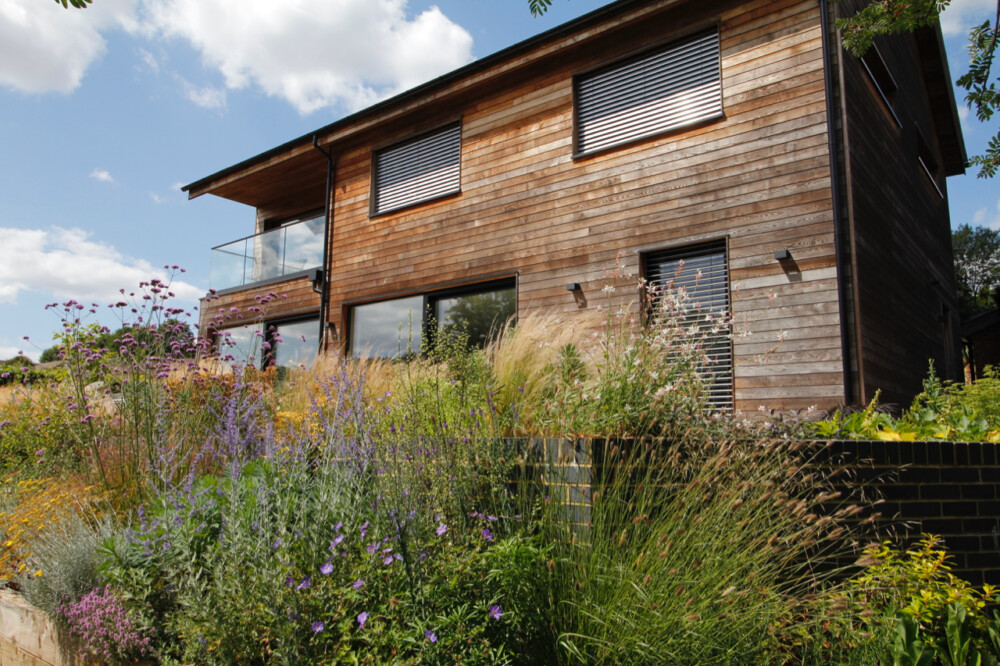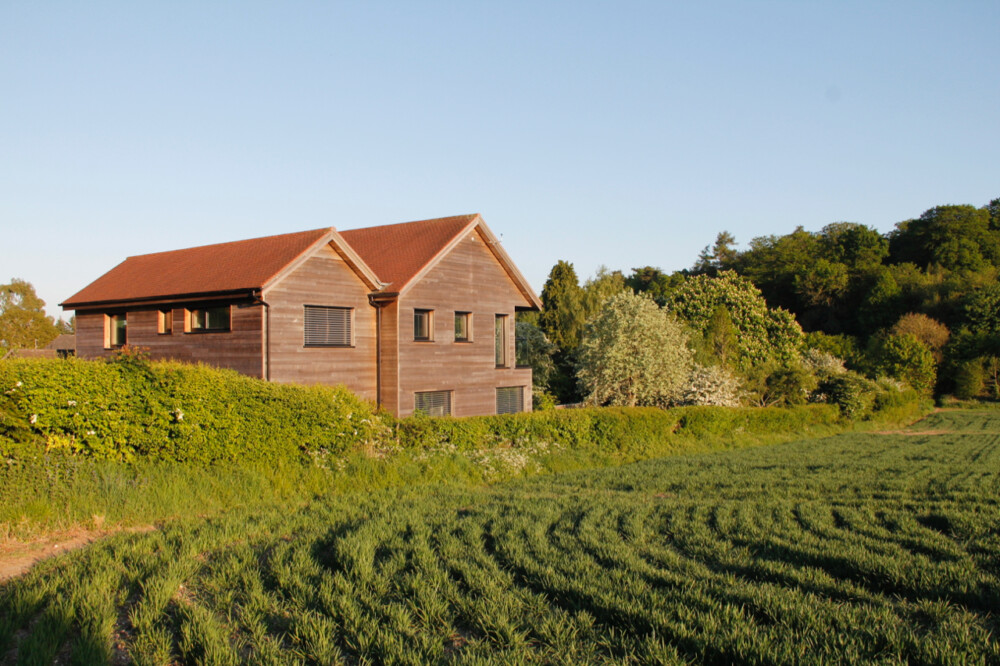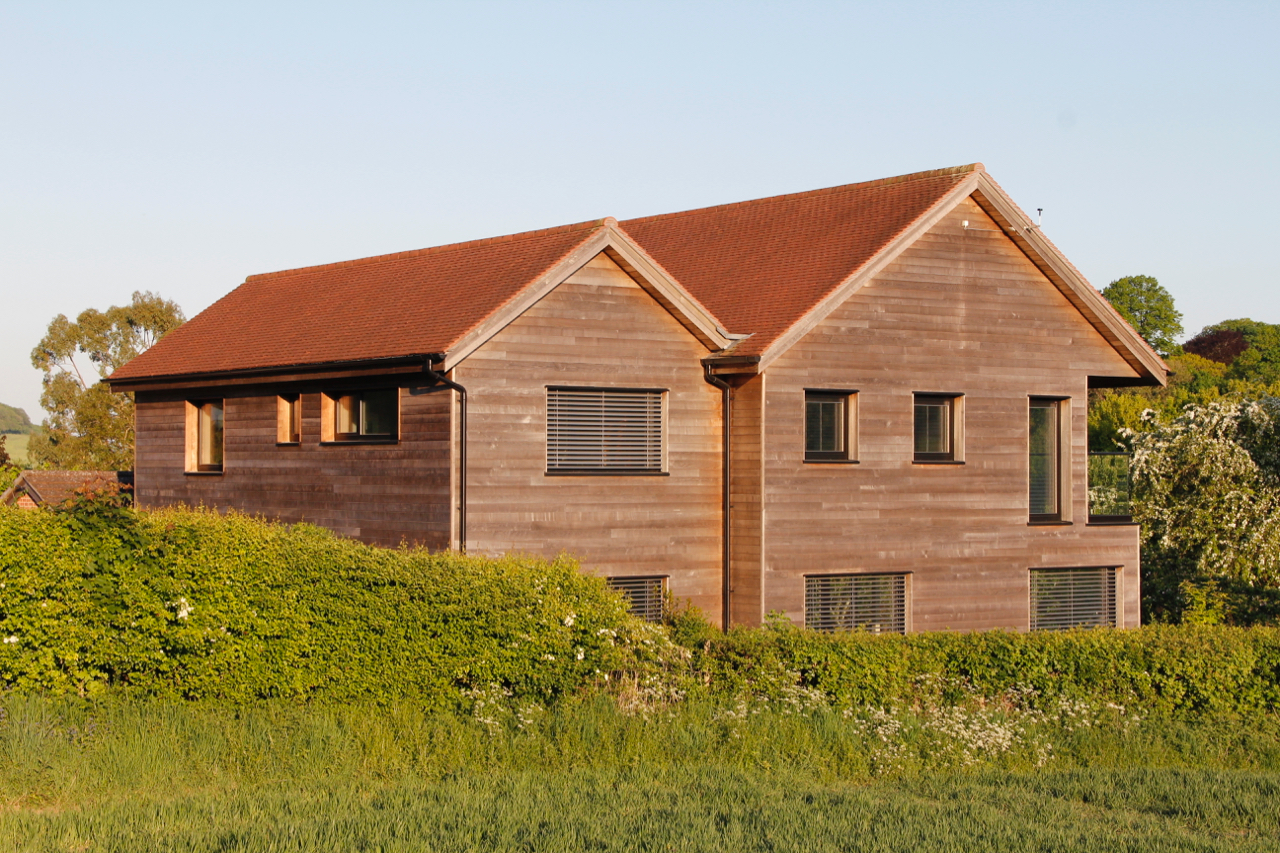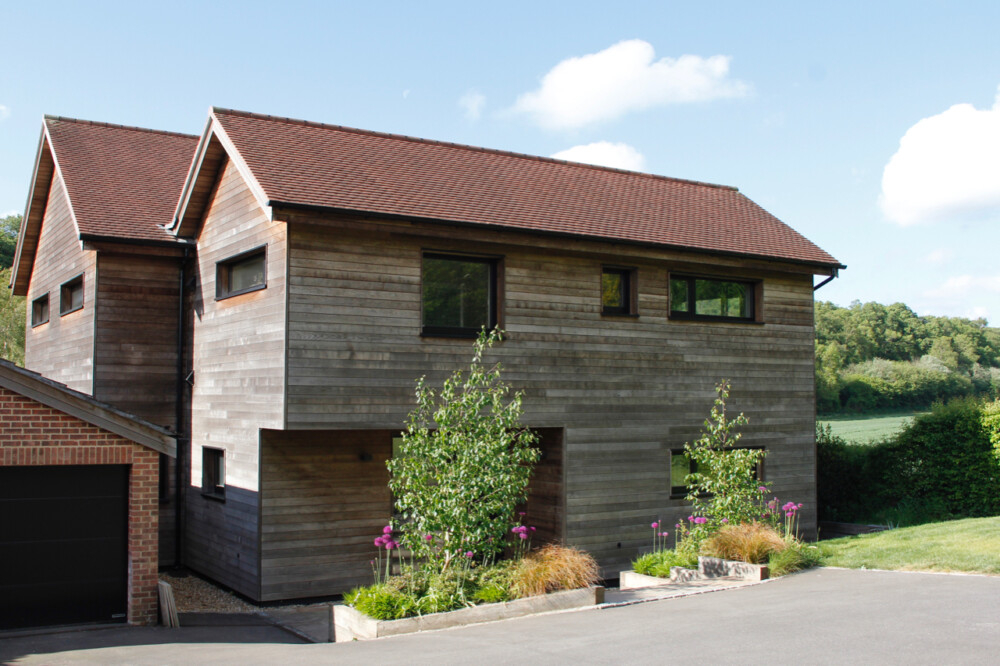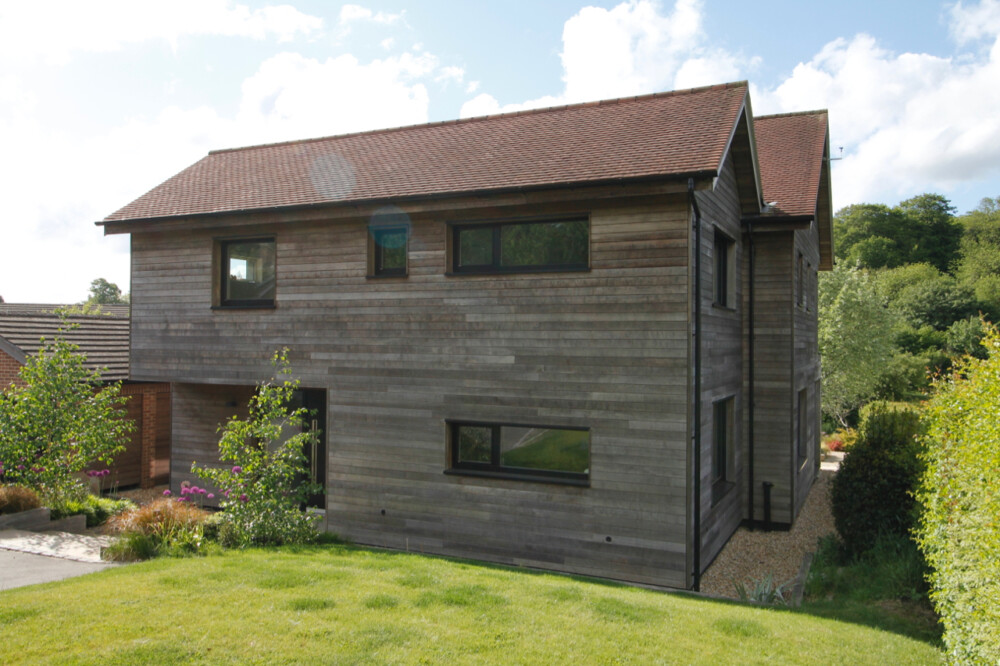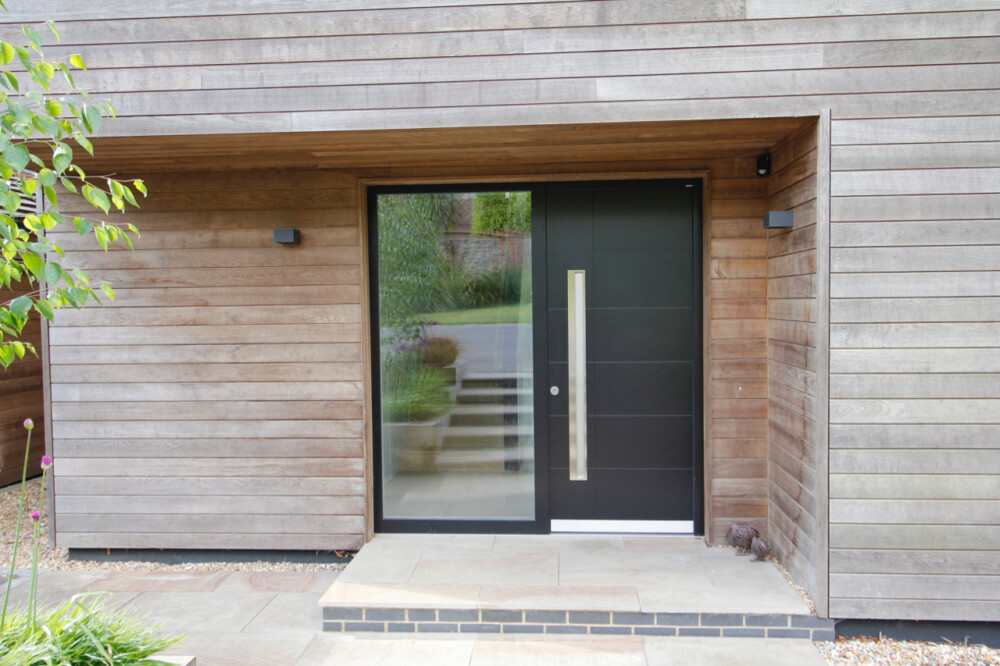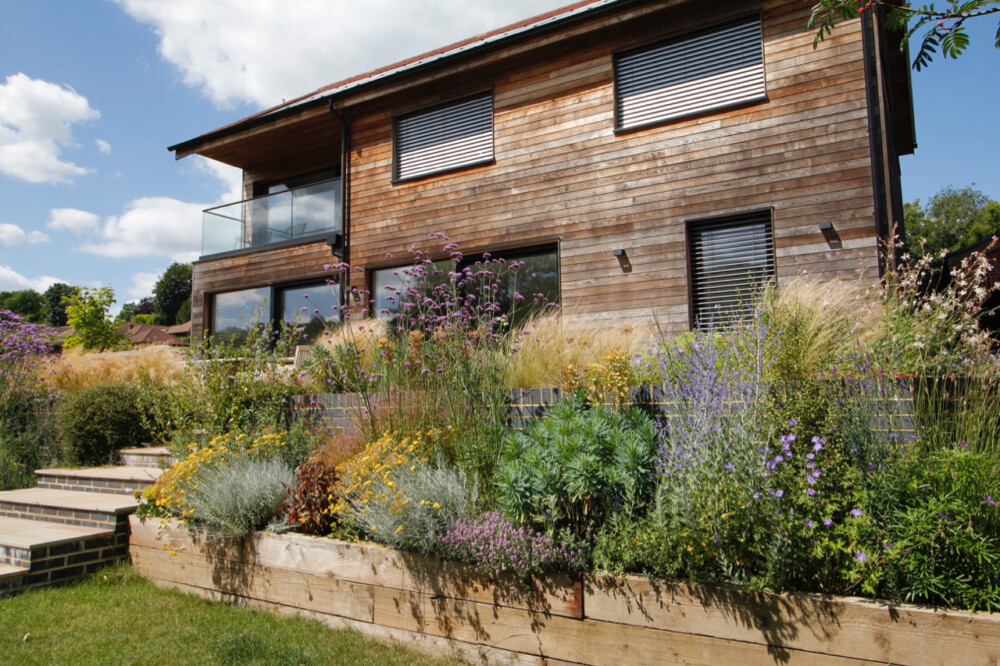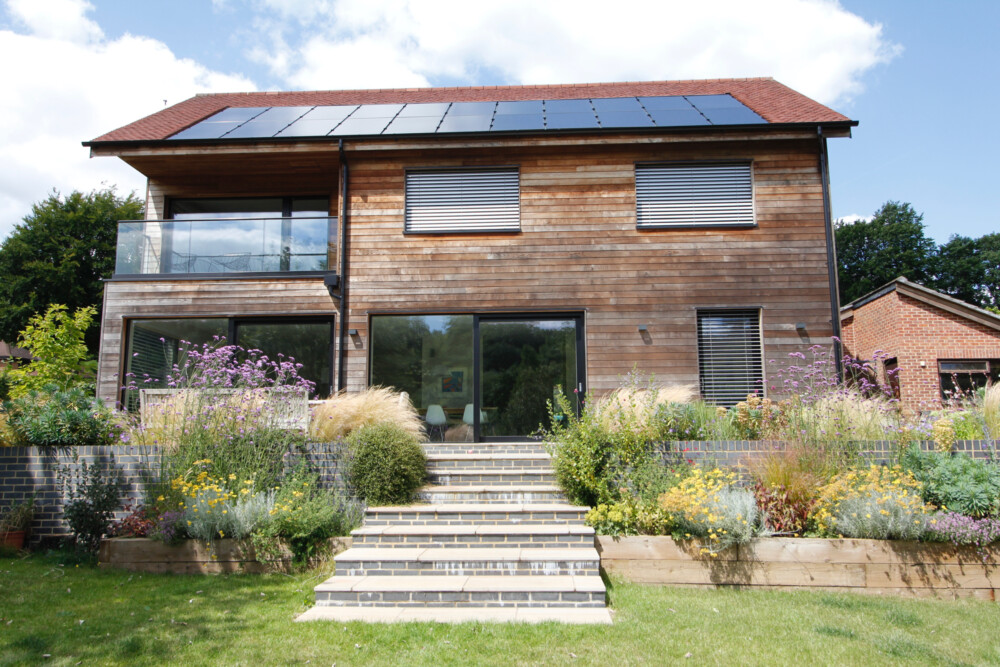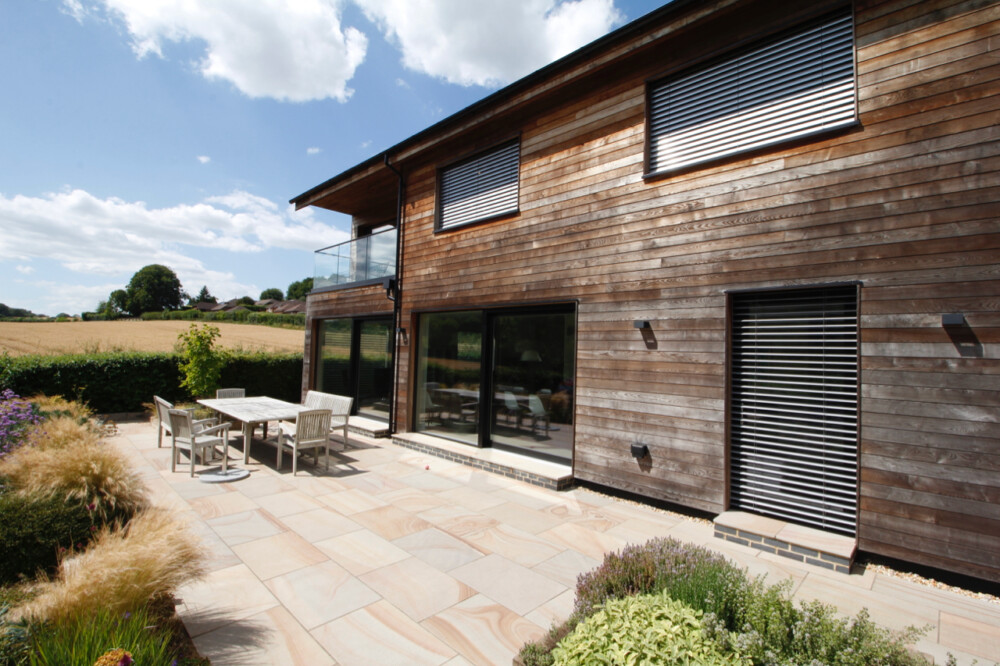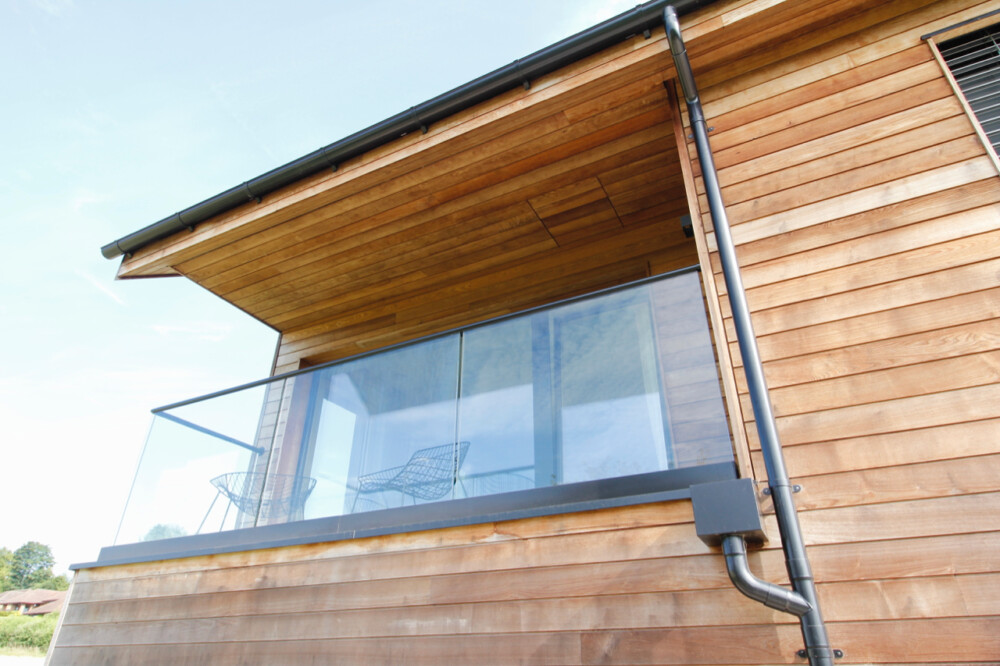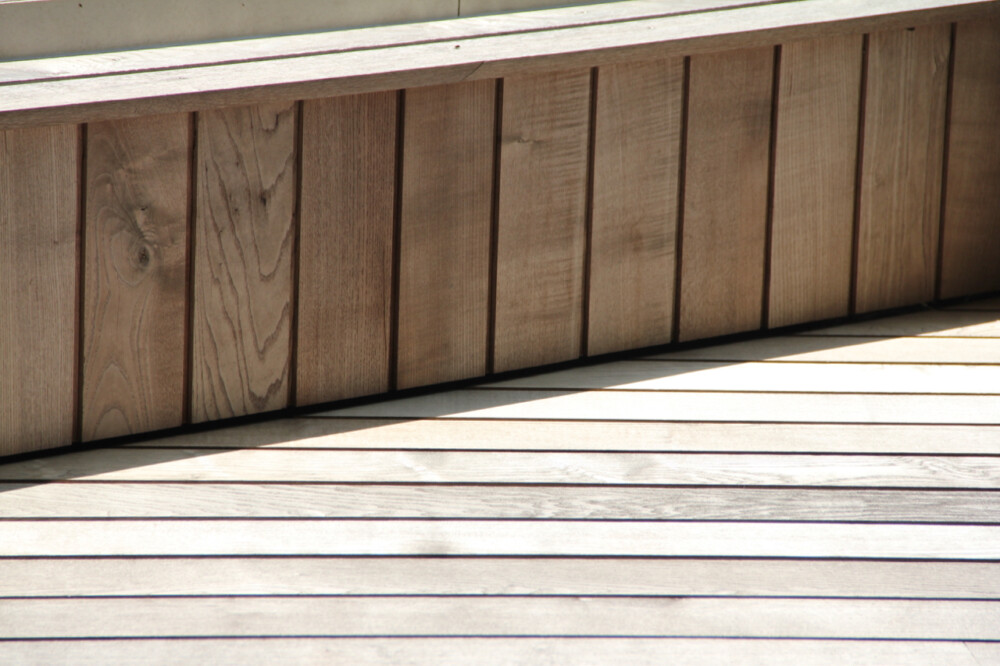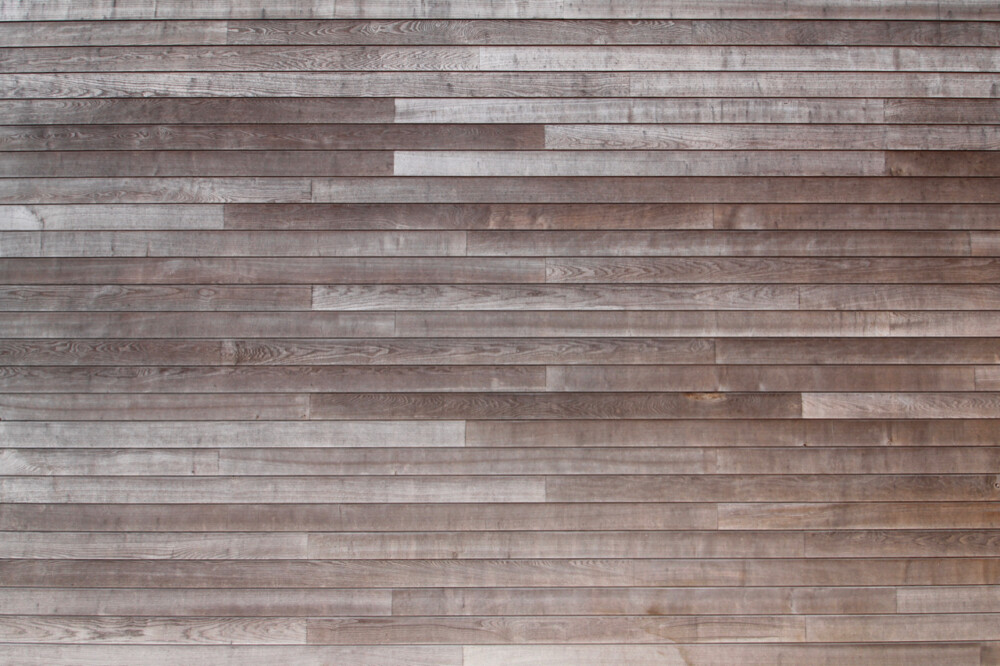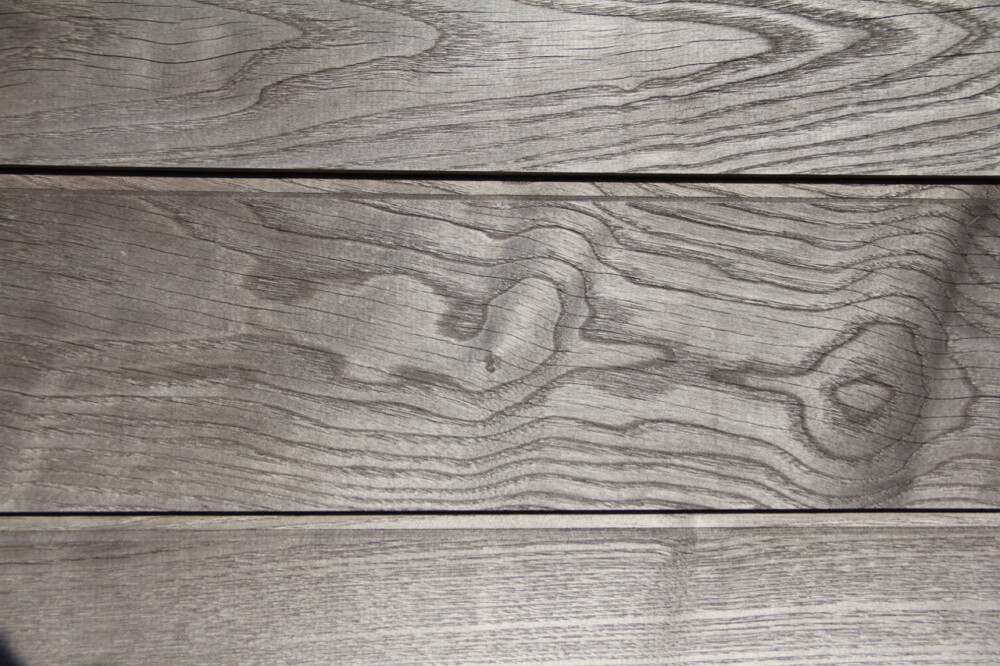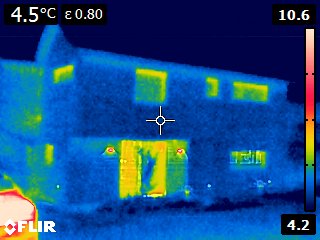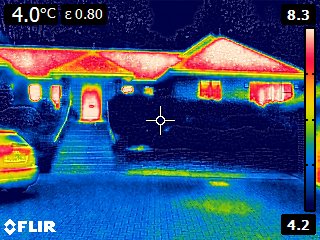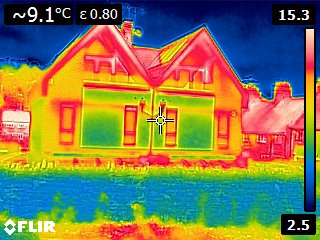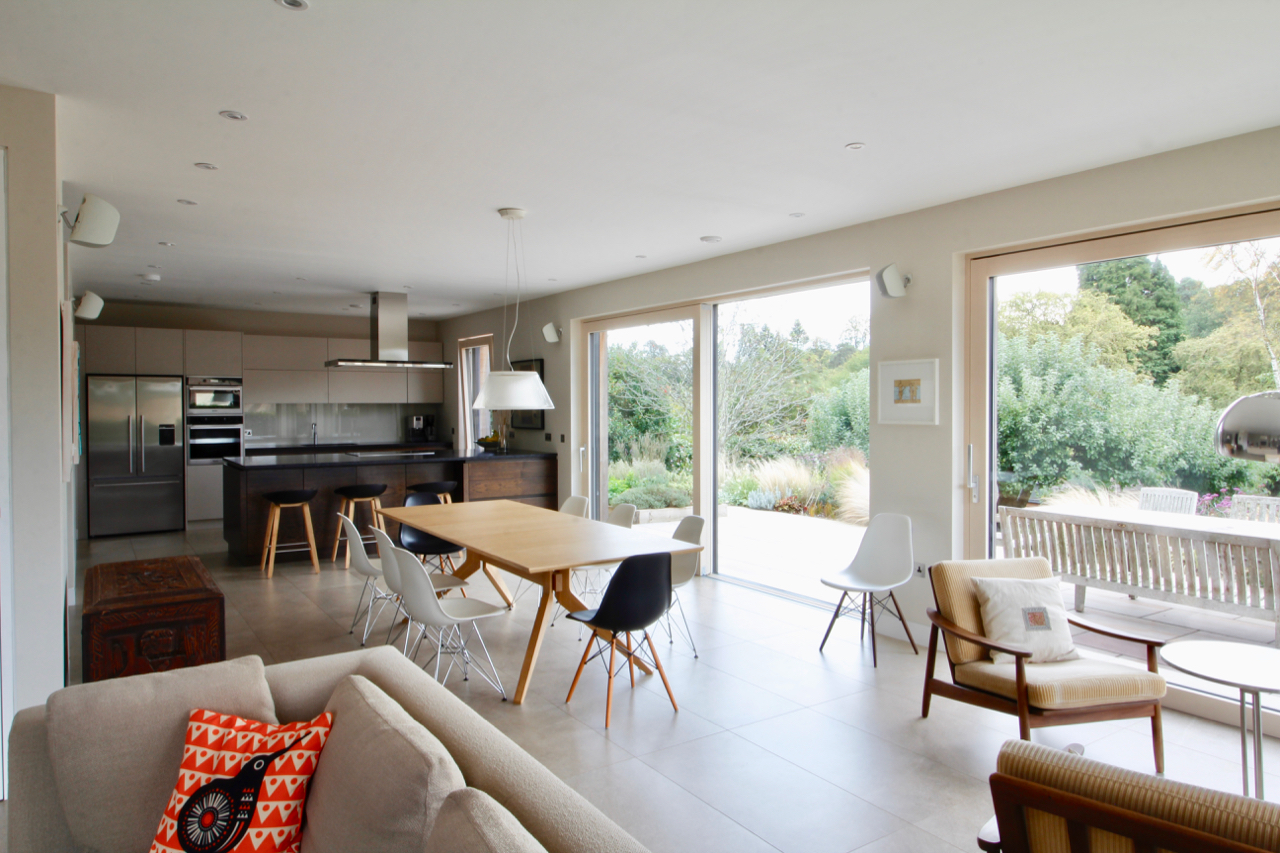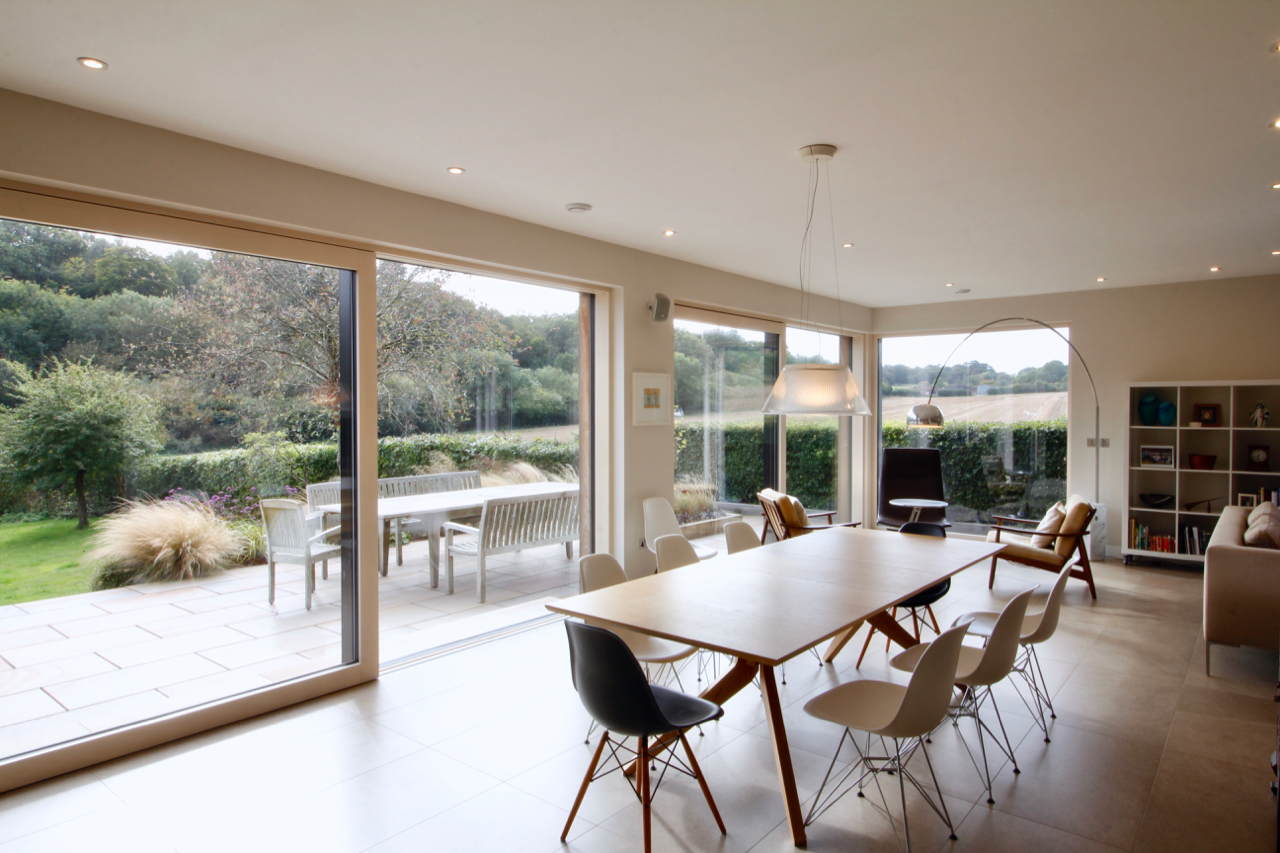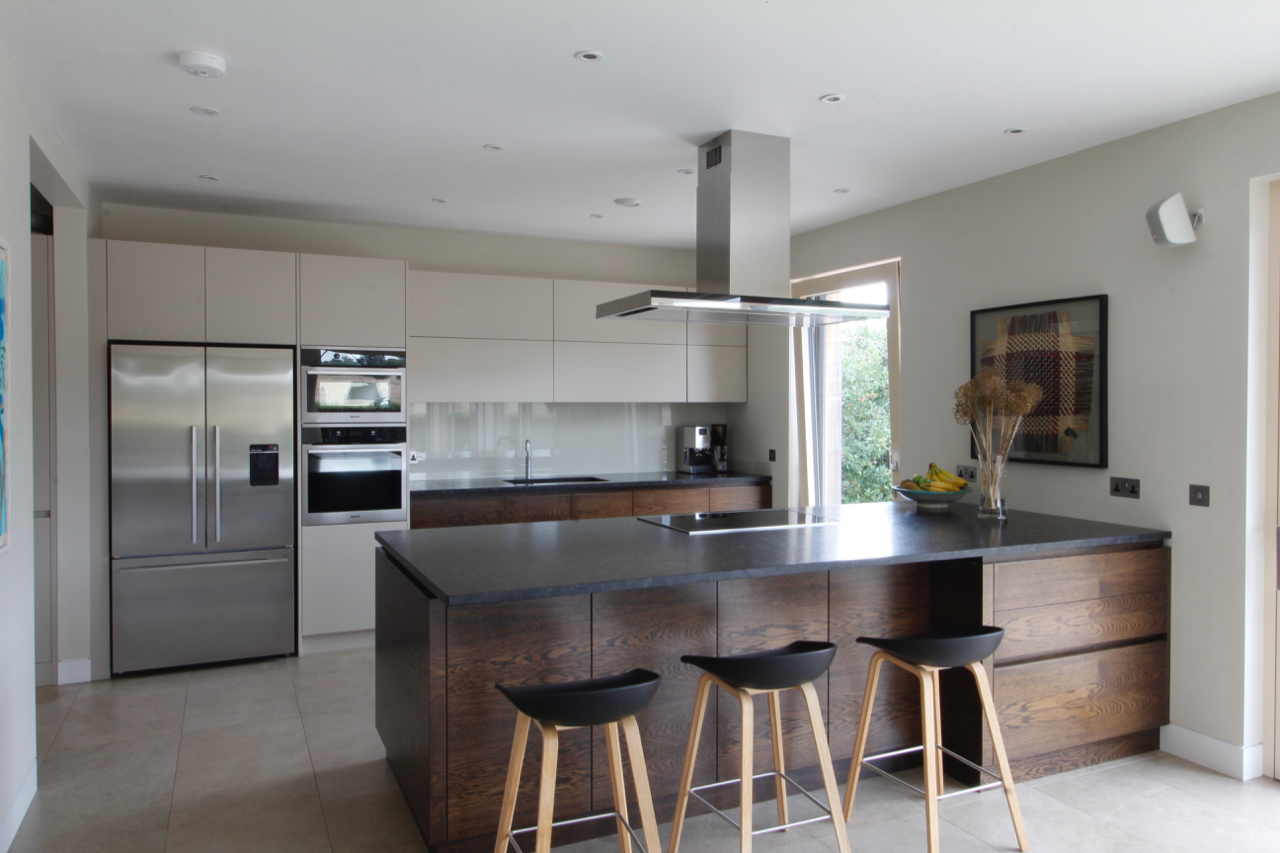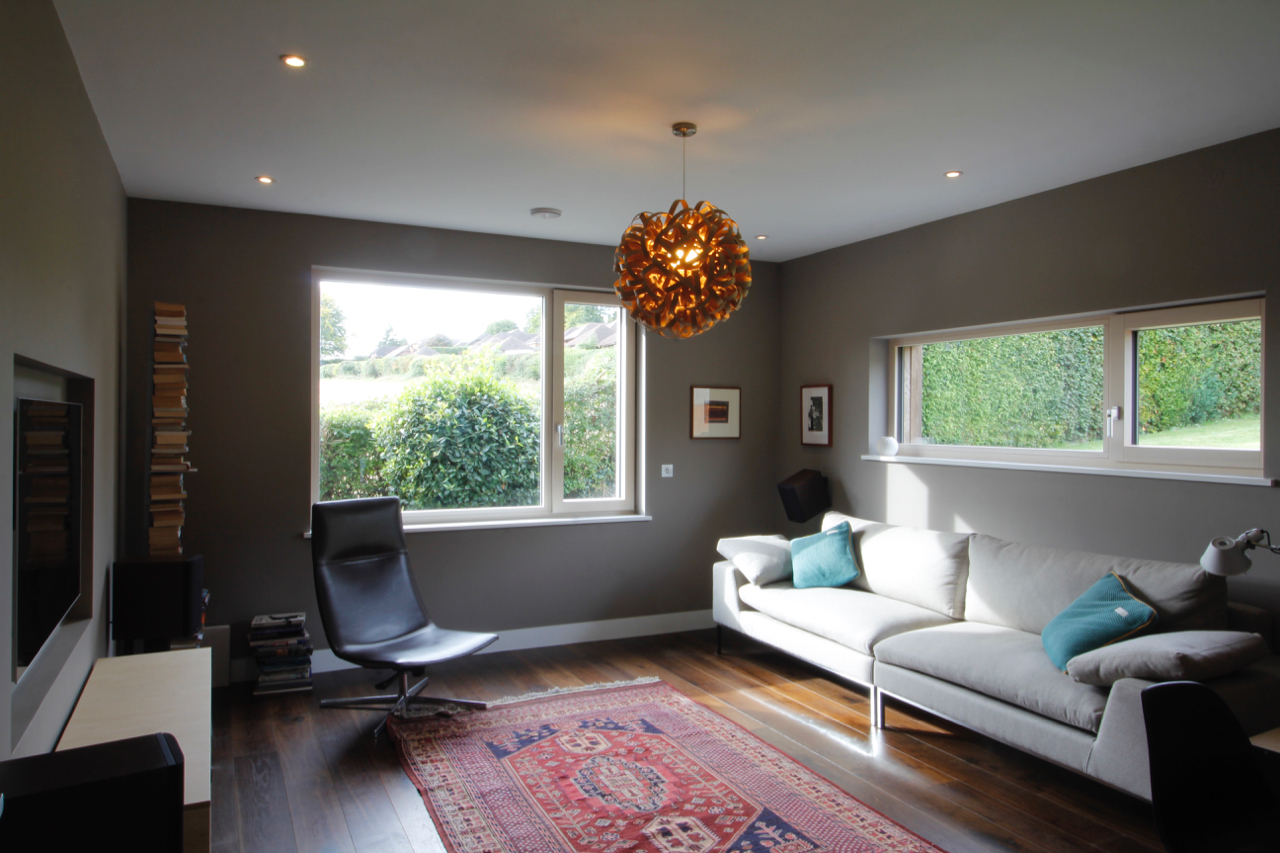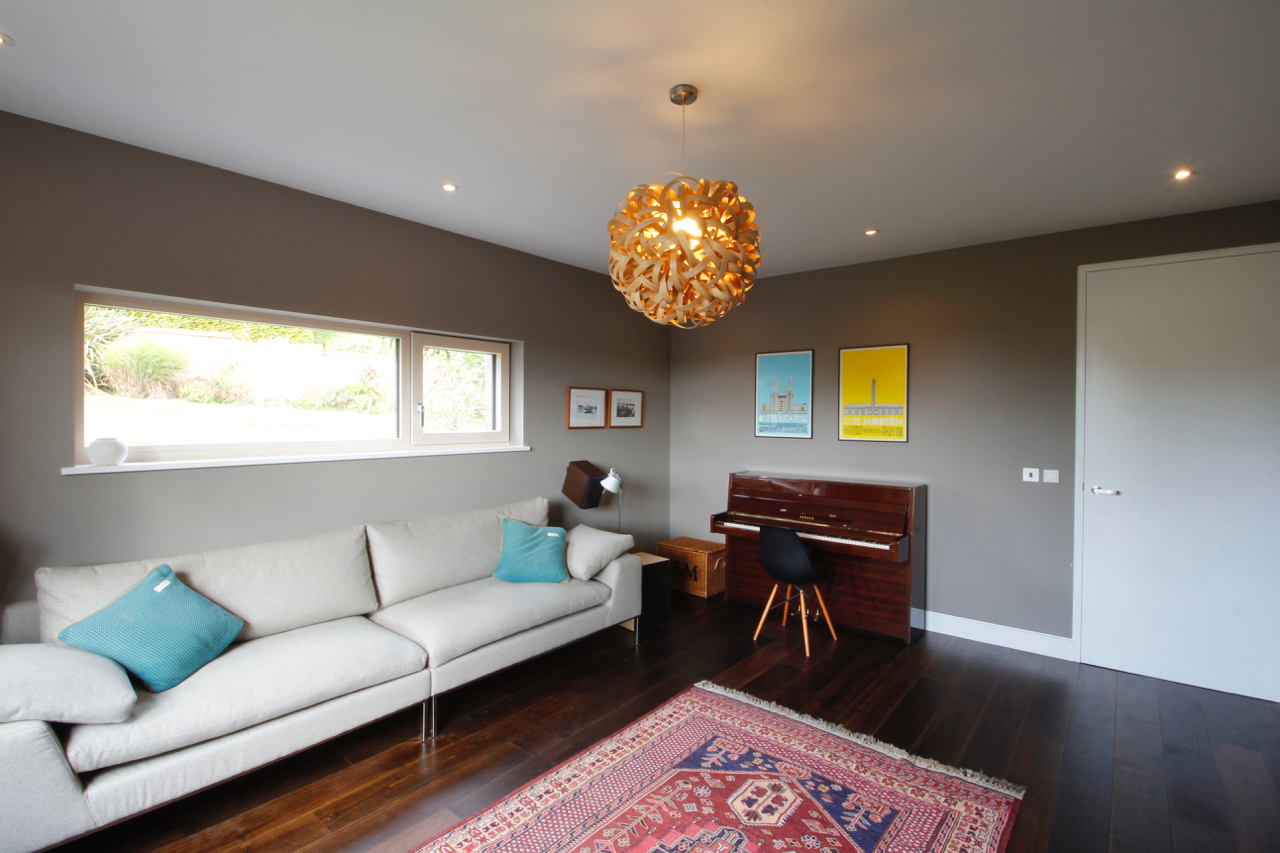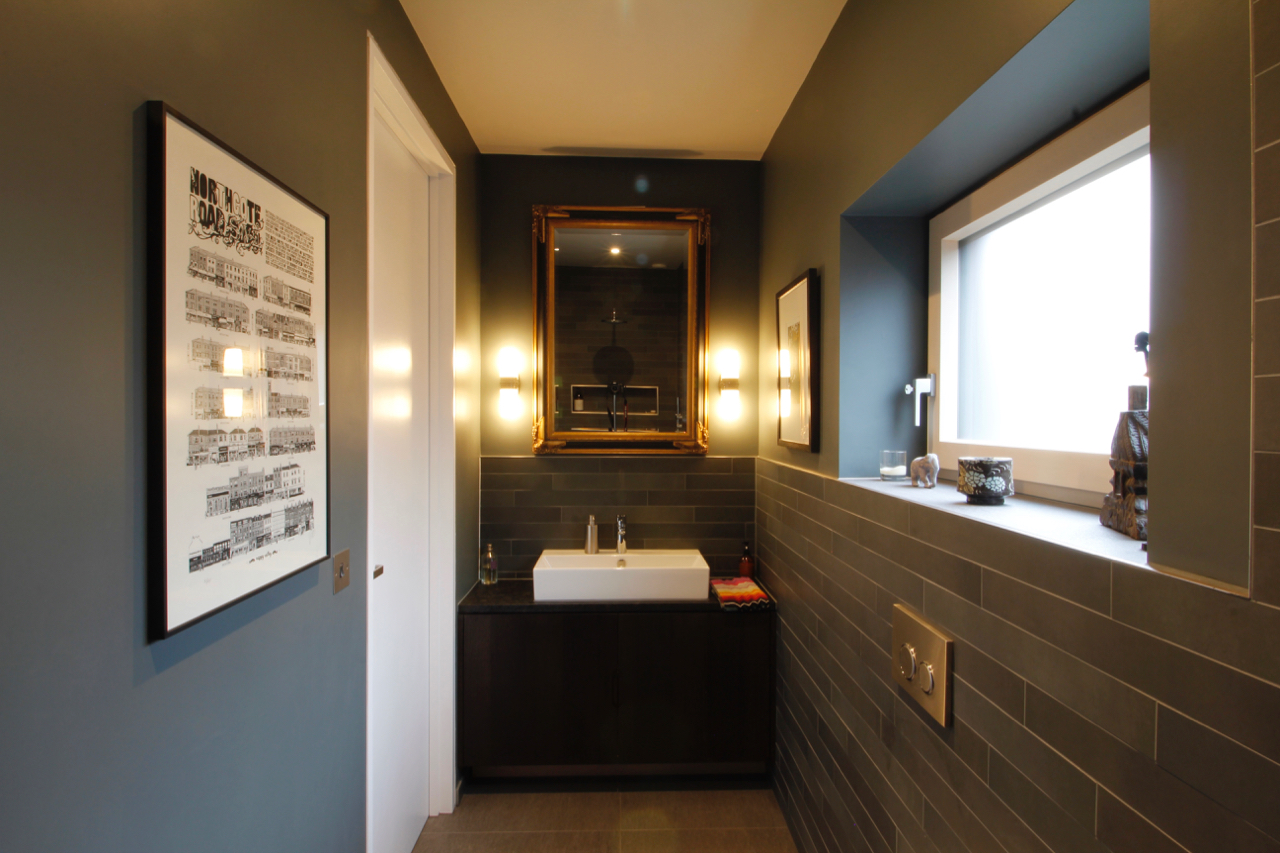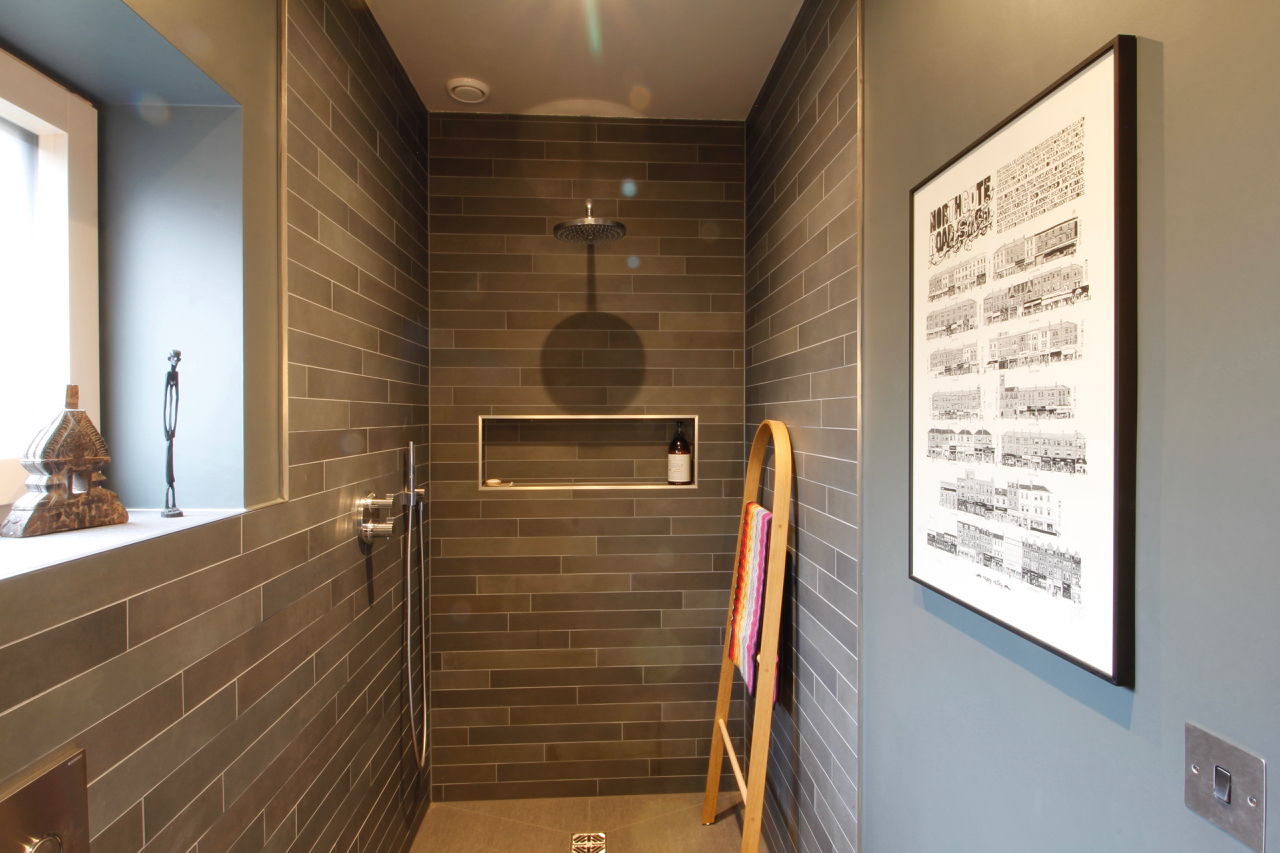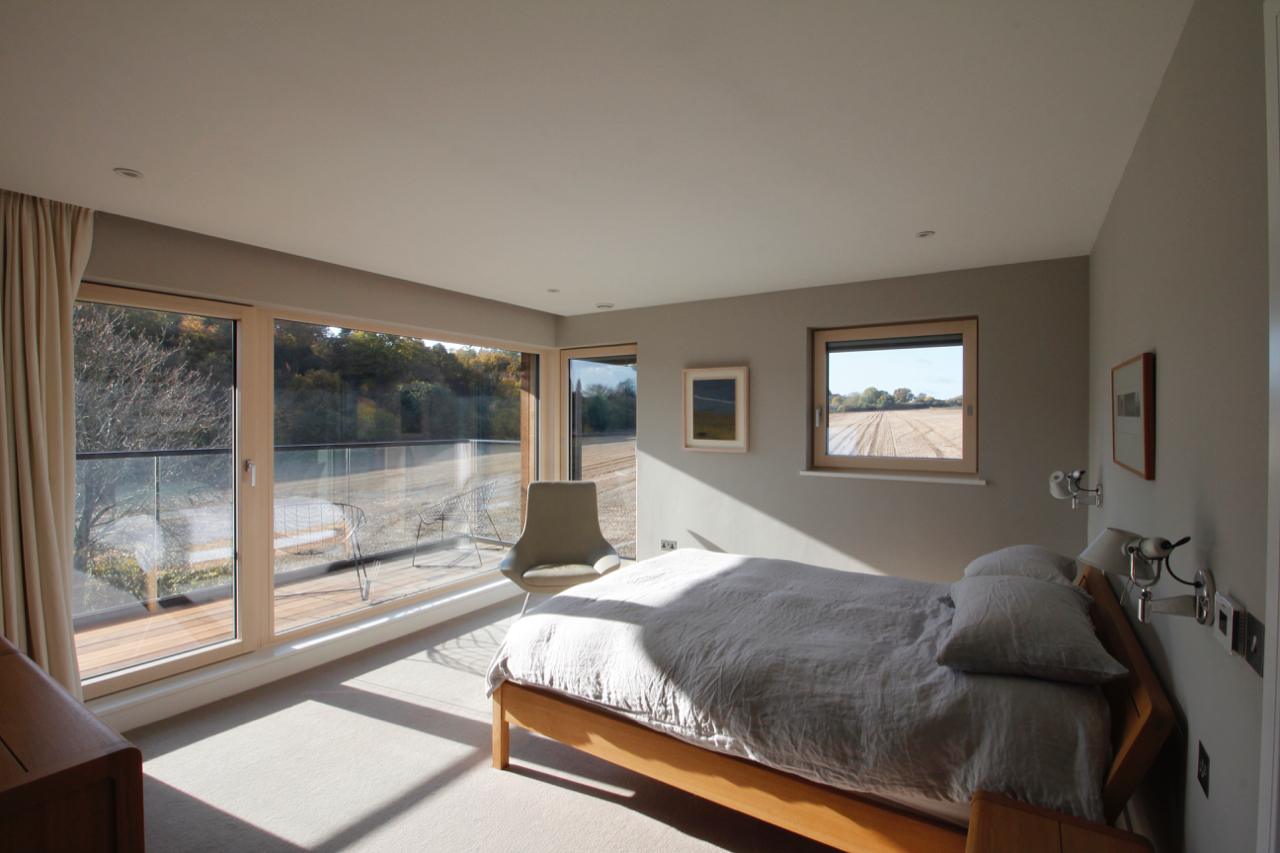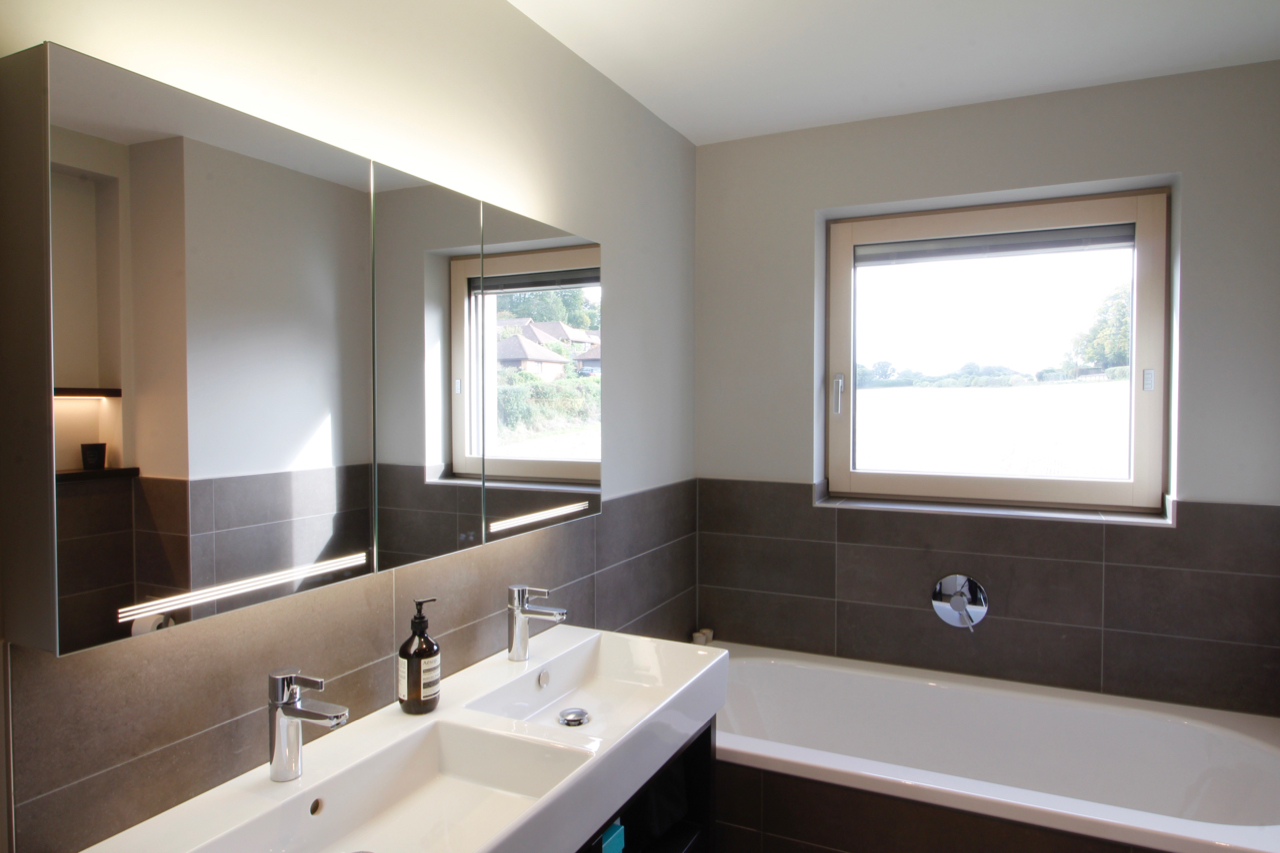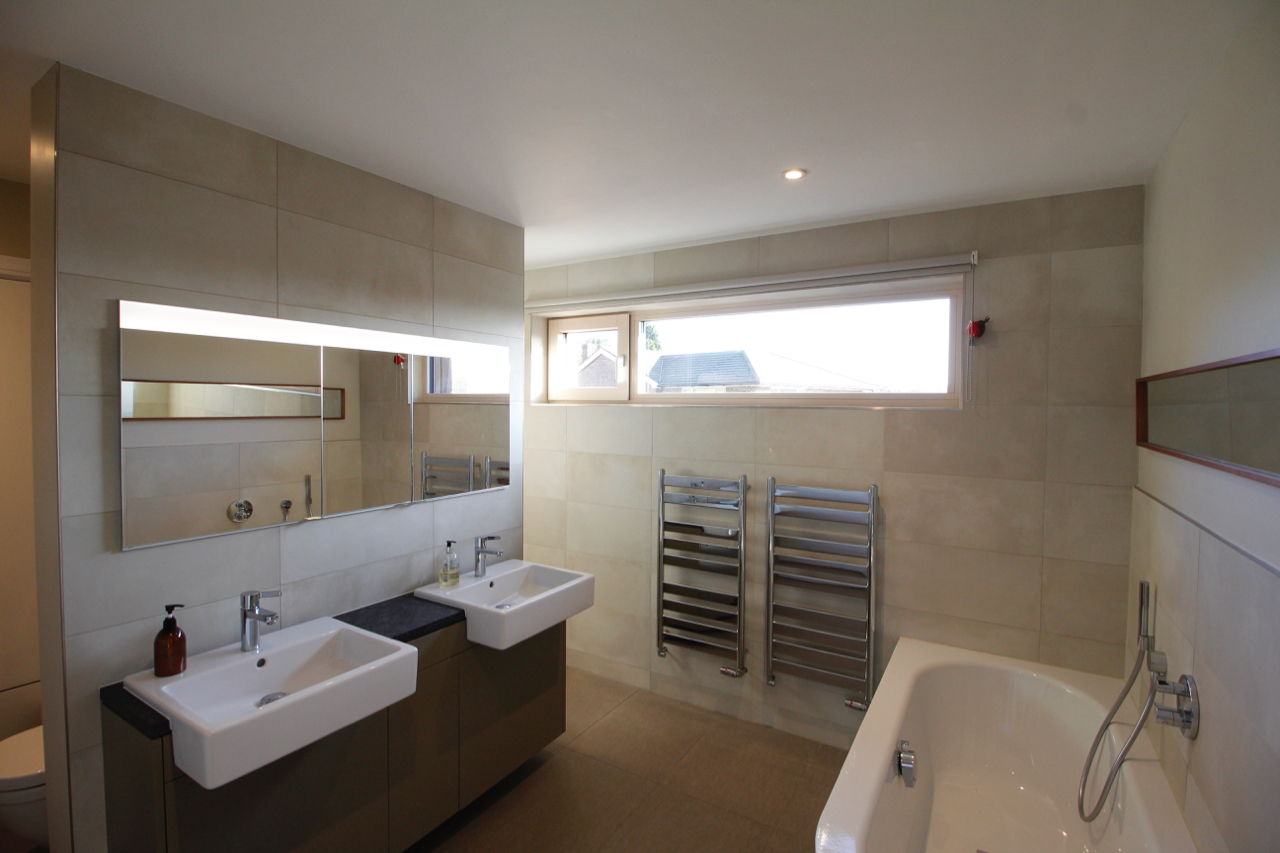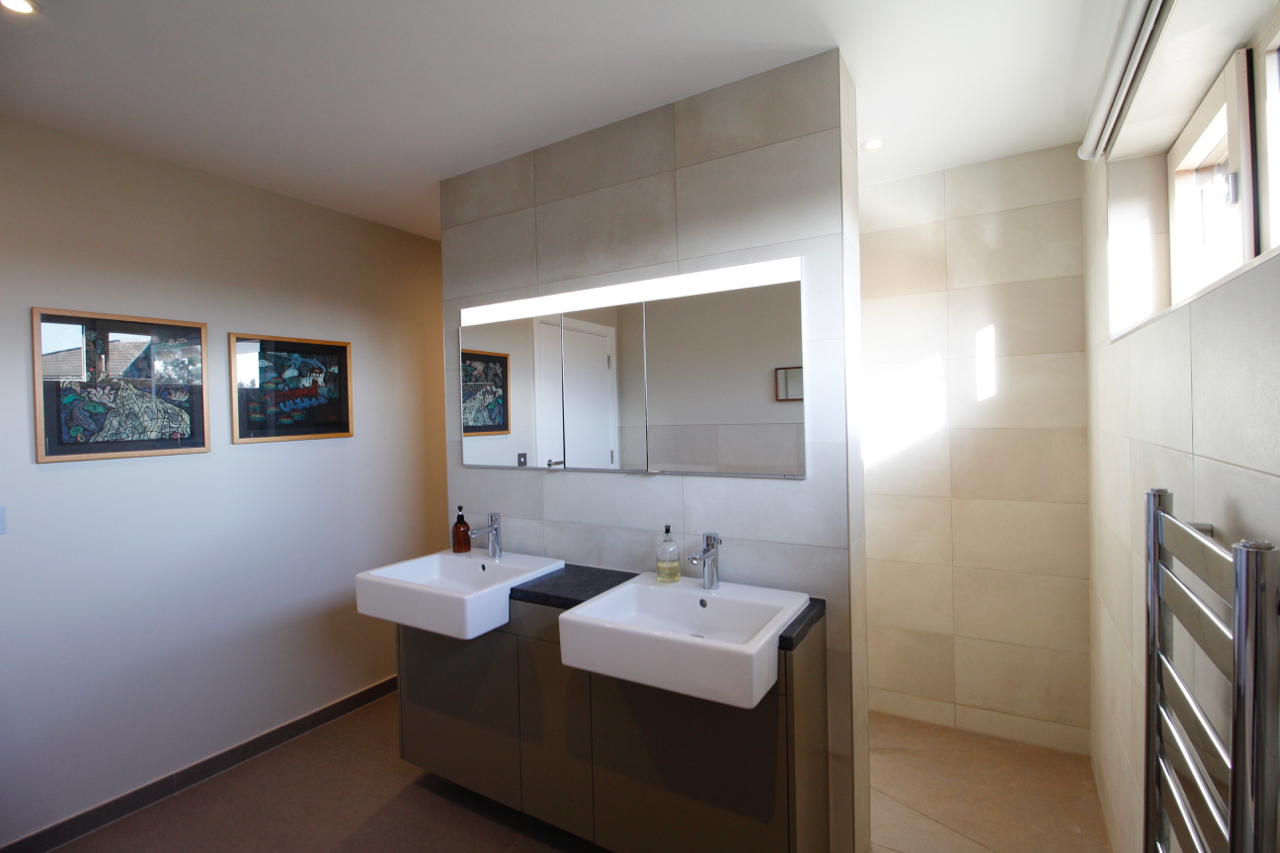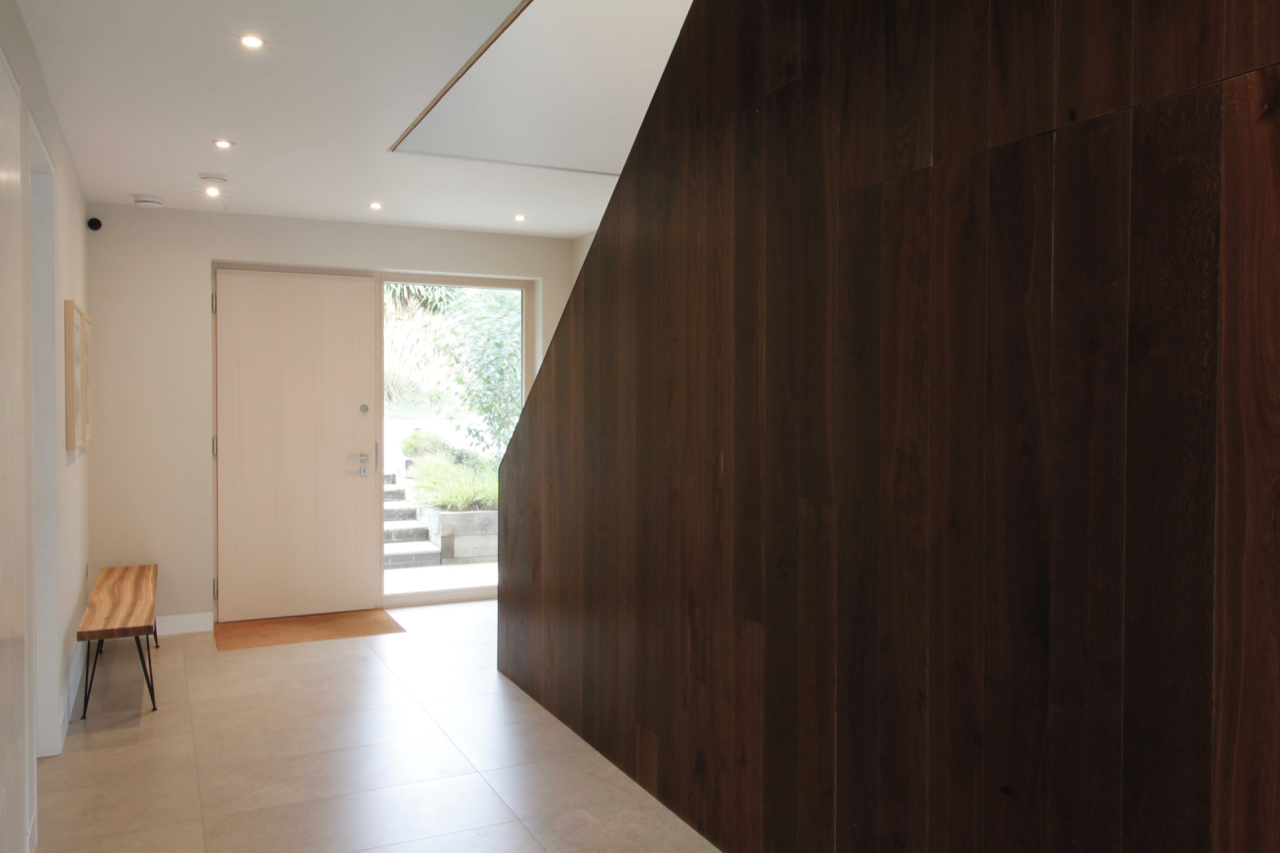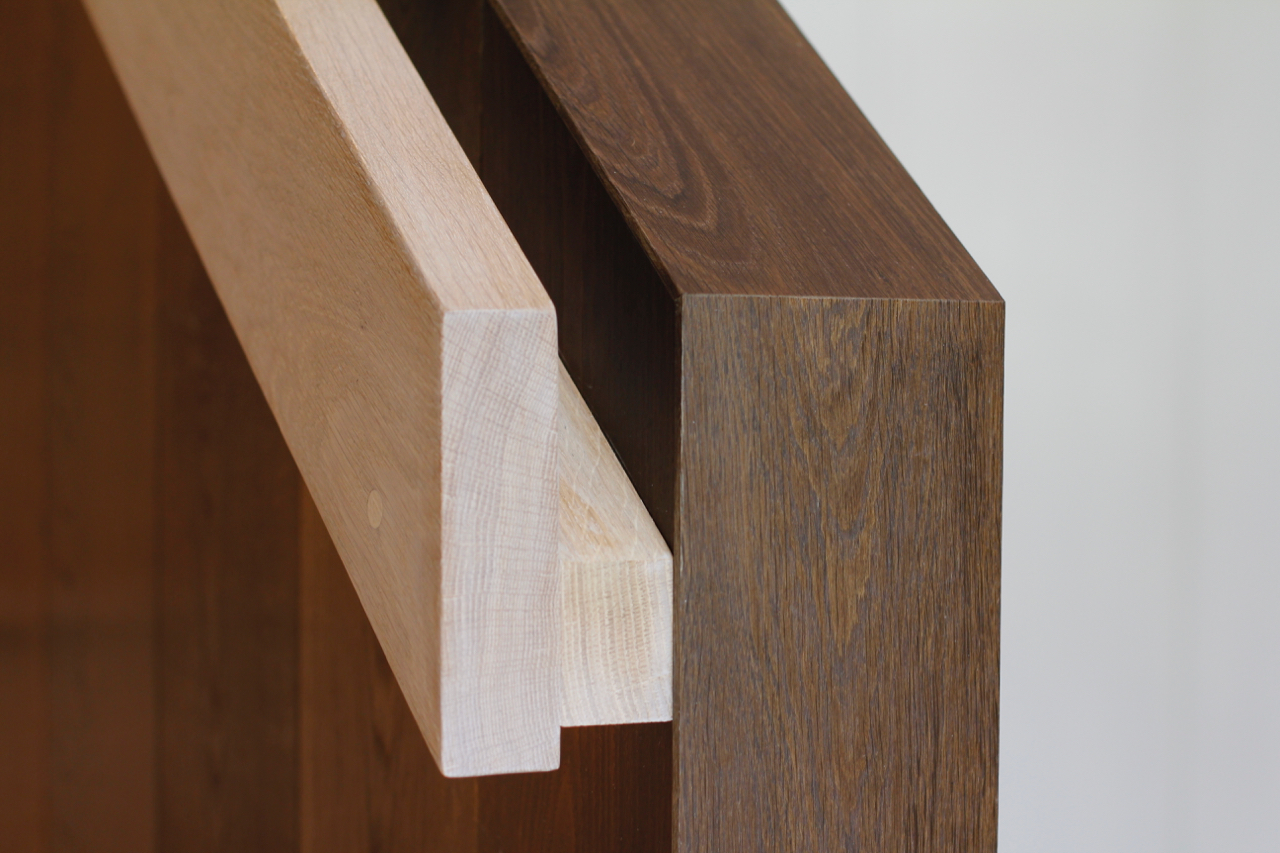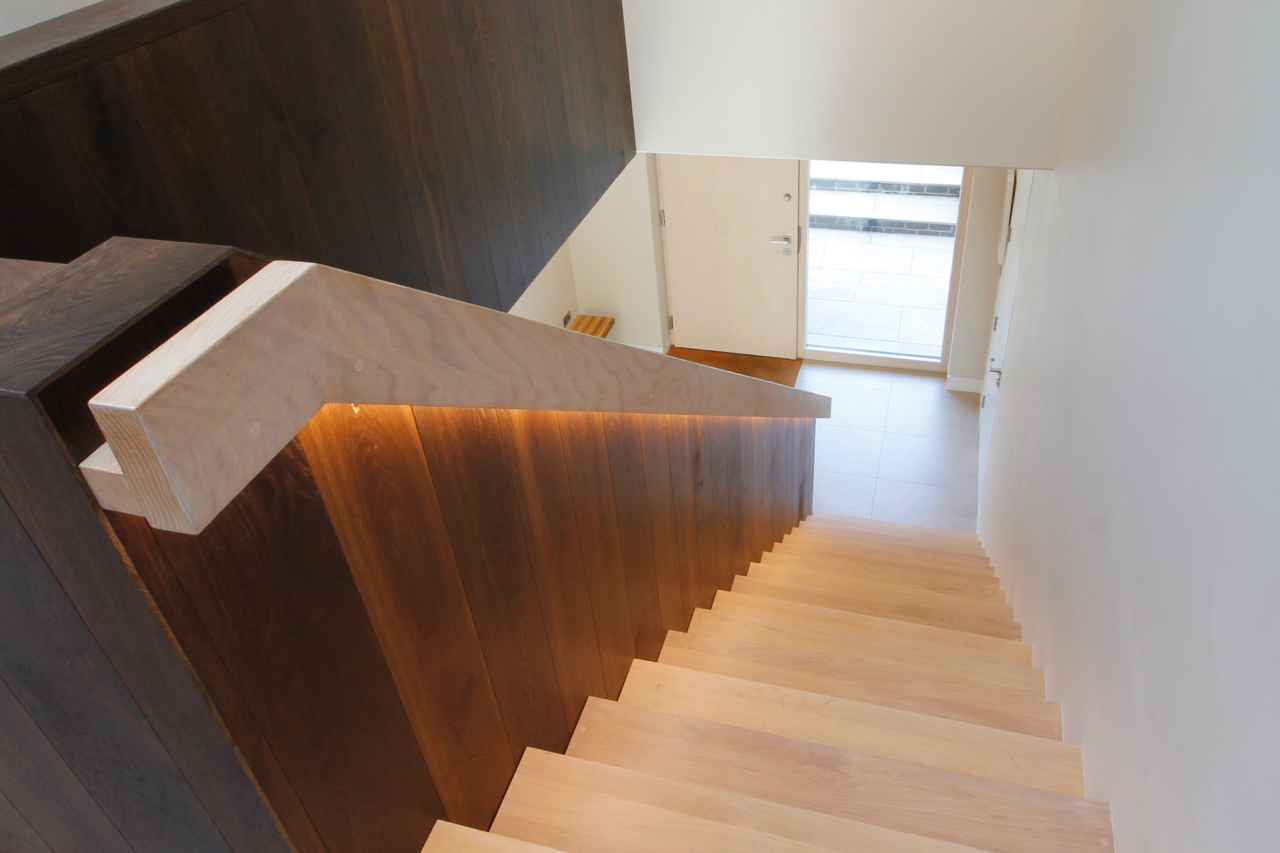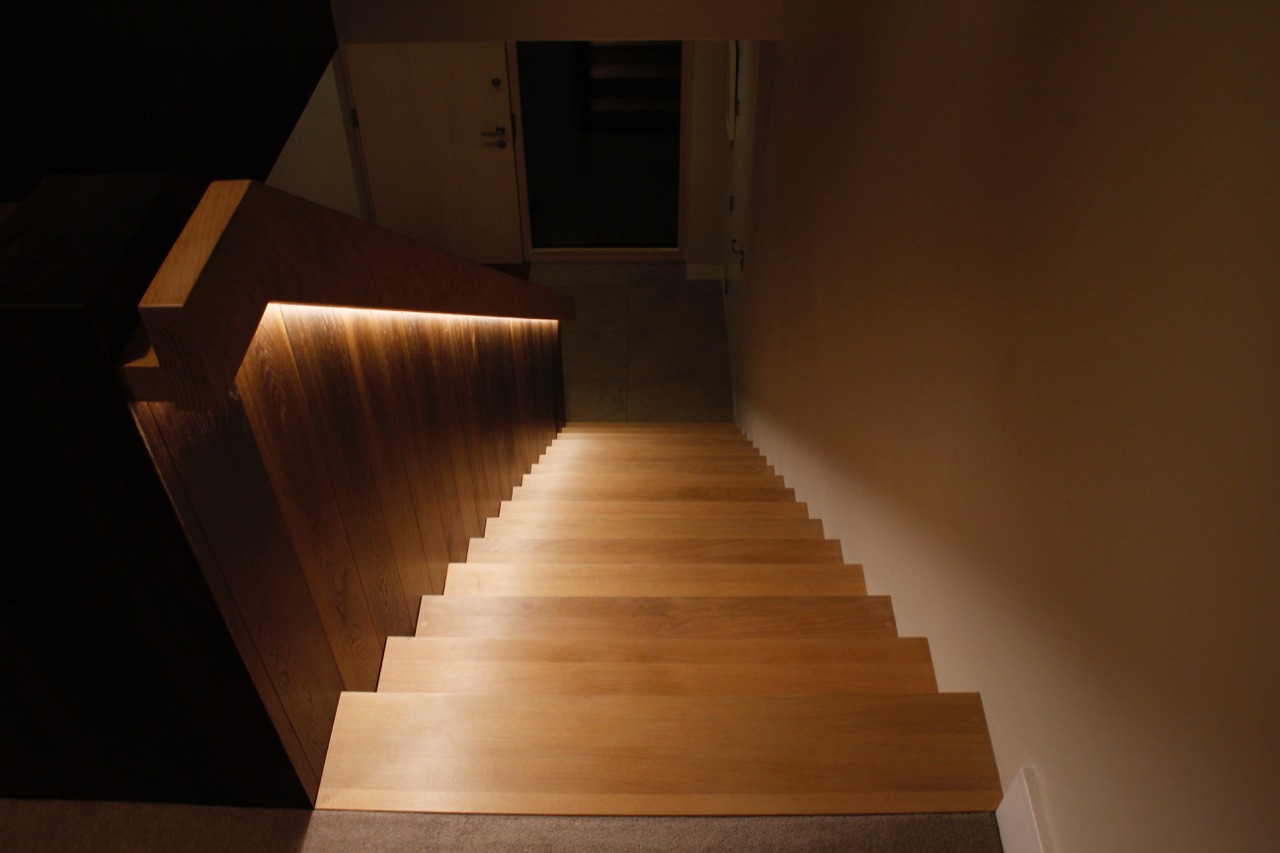An Introduction
In 2007, my wife and I purchased a 1950’s bungalow with the intention of extending it to be a suitably sized family home before our children hit double figures. With a background in design and project management I decided to design and build the house. Our plans evolved over a number of years as we saved for the works. We eventually decided to knock down and rebuild rather than extend, as the existing house was of such poor quality and would have left the house very compromised in terms of both layout and insulation levels. As we were going to be building from scratch we wanted to build a super insulated low energy house. We aimed to build the best house that we could afford rather than the largest, which would sit sympathetically in the landscape.
I decided to write a blog outlining the process and the benefits of building and living in a Passive House in the hope of answering some of the questions around low energy housing and to promote my services to other self builders in the South East of the UK wanting to build low energy homes.
What is a Passive House?
A passive house is designed to have minimal energy requirements for space heating and cooling and have excellent indoor air quality making it extremely comfortable to live in.
Passive House is a fabric first building approach. Super insulated and air tight requiring only a minimal amount of heating, with most of the heat provided by solar gain and incidental gains from showering, cooking and appliances.
A passive house not only has lots of insulation, but careful detailing to eliminate thermal bridging that allows heat to transfer directly through building junctions or gaps in insulation. A passive house must also achieve a very strict level of air tightness to remove heat loss through draughts. Fresh air is then supplied to individual rooms in the house through a heat exchanger, transfering heat energy from the warm, damp stale air extracted from kitchens and bathrooms.
The Passivhaus standard originated in Germany in 1996 and was developed by the Passivhaus Institut (PHI). Gaining Passivhaus certification shows that there has been independent verification that a house meets the passive principals.
External images
Timber details
Heat loss and Thermal Imaging
The three pictures above were all taken on the same winter evening. The picture on the left shows my house with no heat loss though the roof , a very small amount of heat loss around the glass at the top of the windows and heat loss from the external lighting at the front door.
The centre picture is of a 1960’s bungalow. The double glazed windows are leaking quite a bit of heat and the roof is clearly leaking huge amounts of heat but the walls appear to have had cavity insulation as they are performing quite well.
The picture on the right is a new build semi detached pair of houses constructed from a portal steel frame with brick and block. This is clearly not performing well with an overall lack of insulation, the lintels visible in the walls and the frame in the gable end and balcony acting as a massive heat sink, drawing heat out of the dwelling.
Passive houses are designed to not only be highly insulated and air tight, but to have no thermal bridging that will draw heat out of the build. Thermal bridging can leave cold spots internally where mould is likely to grow especially when combined with lack of ventilation.

